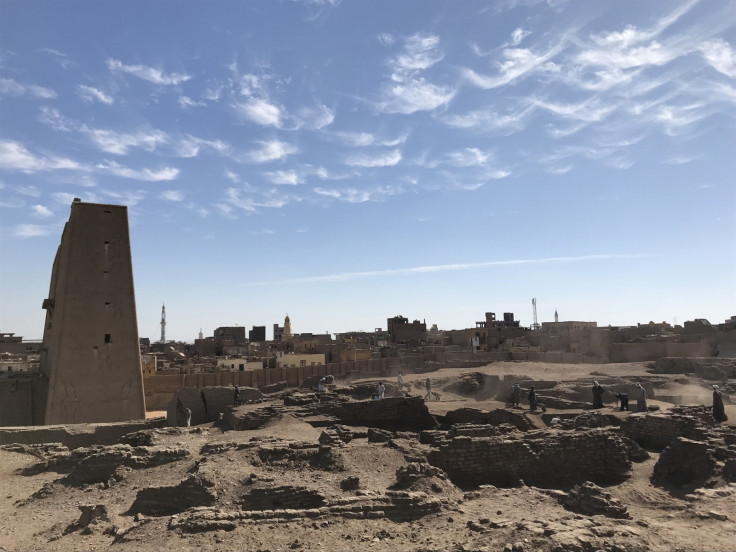Ancient buildings used for making beer and bread discovered in Egypt's Tel Edfu region
The 4,000-year-old complex may have been used to house important officials visiting from the royal capital in Memphis.

Archaeologists in Egypt have discovered two large buildings that they believe may have been the earliest major structures in the Tel Edfu region. Led by the Oriental Institute of the University of Chicago, researchers found the structures while engaged in a long-term dig at the site located on the west bank of the Nile River.
Located 400 miles south of Cairo, the well-preserved buildings date back around 2400-2350 BCE in the late Fifth Dynasty of Egypt and indicate a turning point in the pharaoh's interest in developing provincial regions outside of the major cities.
The large complex may have been used to accommodate important officials from the capital Memphis, who visited the area to oversee mining of precious metals and gems from the surrounding deserts. Archaeologists have been able to identify that parts of the structure were used for making beer and bread as well as for smelting copper.
"It's a wonderful find because we have so little information about this era of settlement in the southern provinces," Nadine Moeller, associate professor of Egyptian archaeology, who leads the excavation together with Oriental Institute research associate Gregory Marouard, said. "We don't know any such similar complex for the Old Kingdom."
The Oriental Institute has been conducting excavations at Tel Edfu for the past 16 years, and late last year discovered two other mud structures that may have been used as an administrative complex. The buildings which were discovered in December 2017 were surrounded by open courtyards and workshops. The complex itself had storage spaces where over 200 broken clay sealings used to mark boxes, containers and letters were discovered.
"It's just about this time that the Egyptian royalty, until then focused on the northern area directly around the capital Memphis, began to expand its reach after a period of contraction during the fourth and much of the fifth dynasties," Moeller said. "This is a first sign that the ancient city of Edfu was evolving into an important departure point for large expeditions leaving for the Eastern desert regions, and possibly the Red Sea shore, located about 125 miles to the east."
Researchers believe the buildings may also have had religious or cult ties, given their proximity to a temple 20 yards away.
While archaeologists continue to identify and study the urban planning of the region, they are puzzled by the level of preservation of the structures. Unlike most other sites that were raided for their bricks, the eight-foot thick walls of this complex were never recycled. Additionally, given the scarcity of wood in Egypt, the entrance door was also left intact.
Another subject of interest is the architectural style used. The largest building in the area has outer façades with a very distinct slope, a style that was not popular in ancient Egypt.
"It's very well-constructed and so the slope is certainly intentional, which highlights the architectural peculiarity of this monument," Marouard said. "We don't know of any other structure within an urban context in Egypt that looks like this."






















